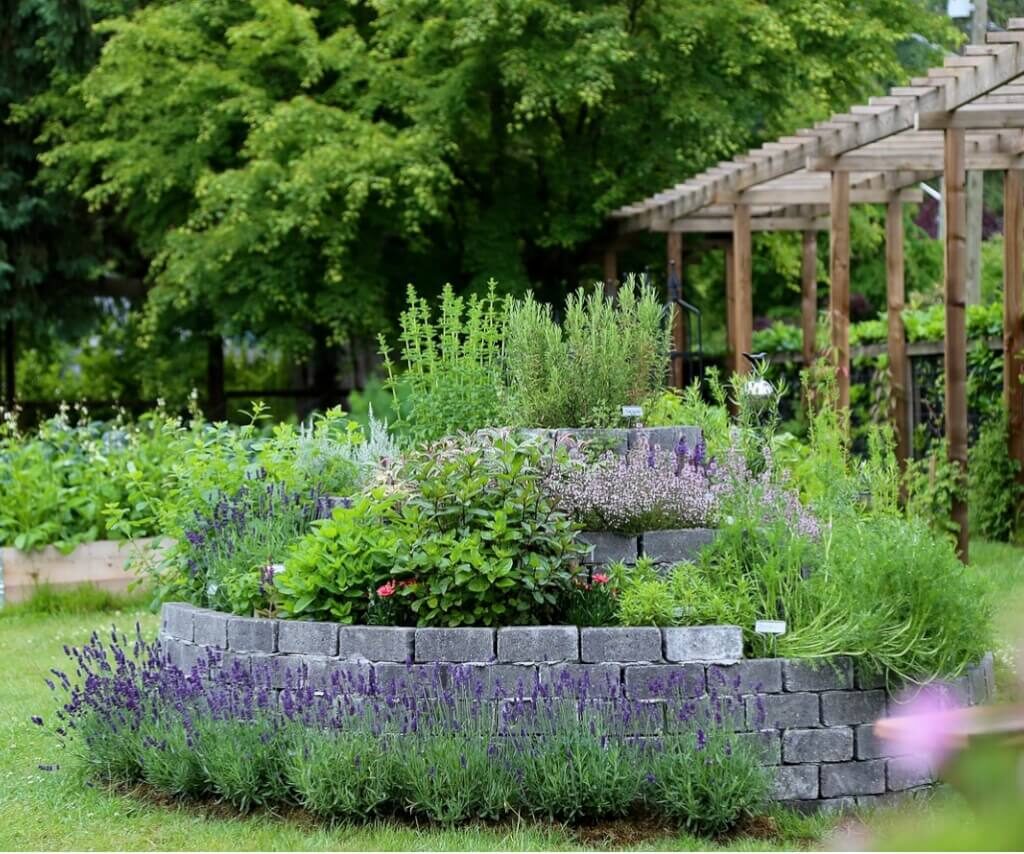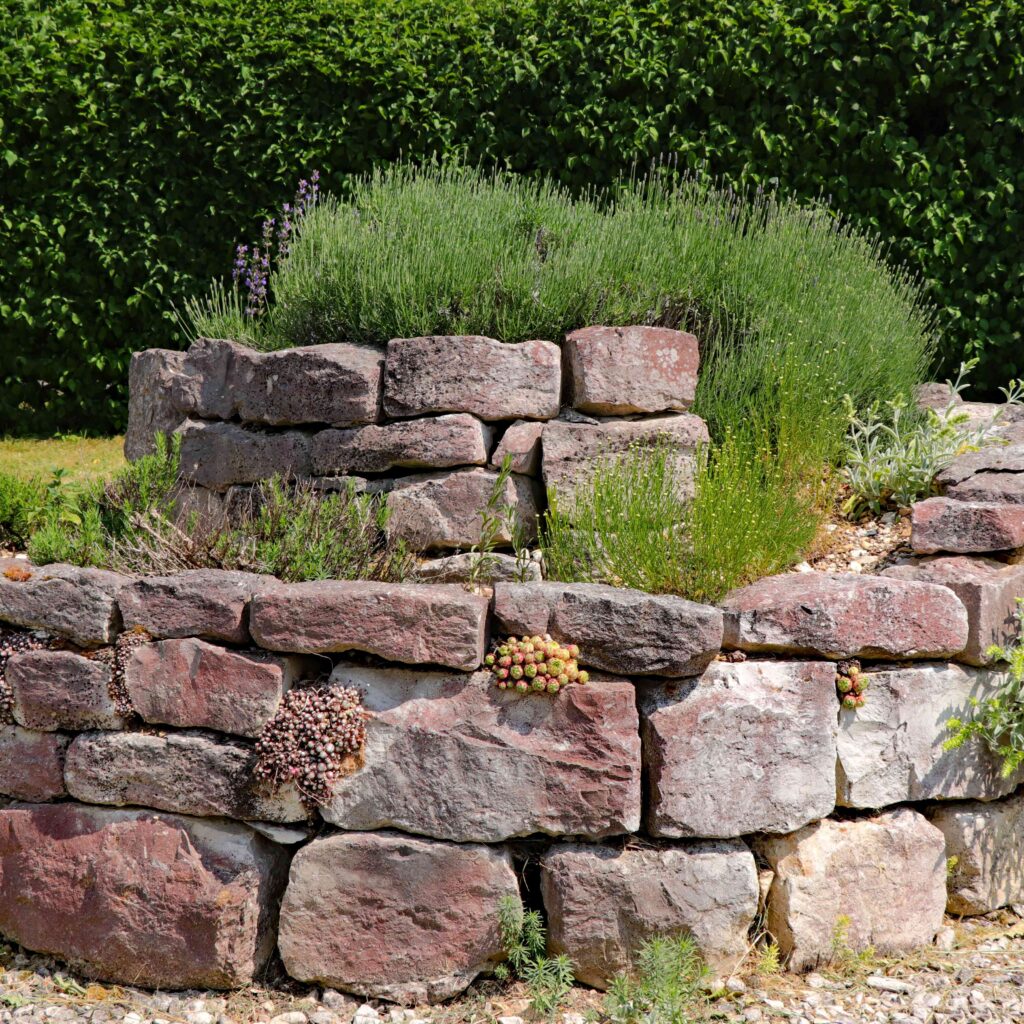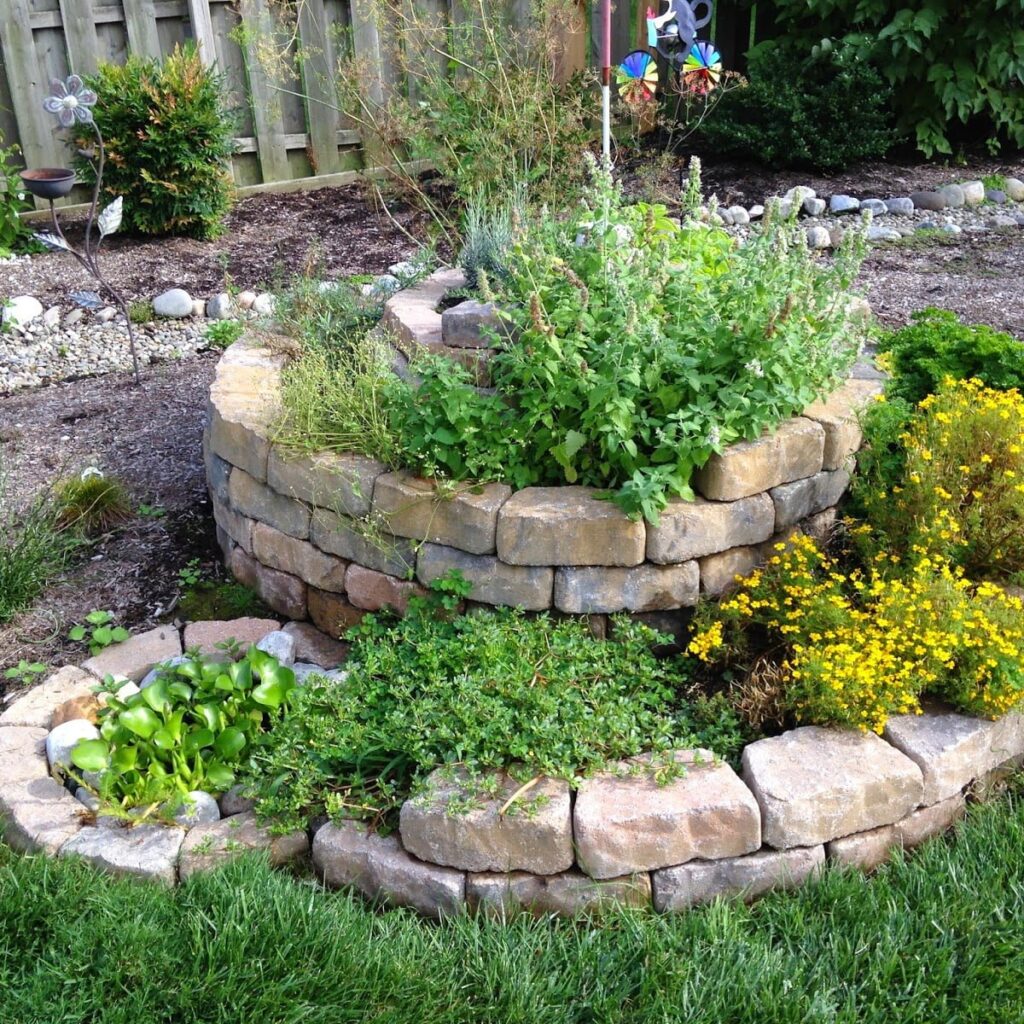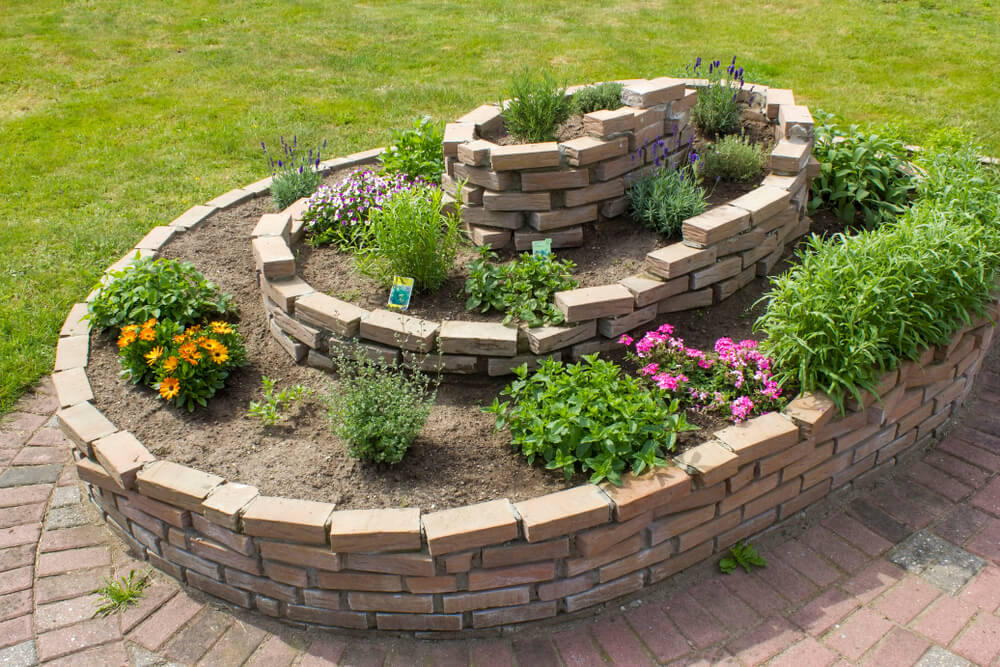In today’s world of compact urban spaces and sustainable gardening trends, the spiral herb garden has emerged as a favorite among home gardeners, chefs, and permaculture enthusiasts. Combining beauty, functionality, and efficiency, this ingenious vertical gardening technique lets you grow a variety of herbs in a small footprint—while also creating a visually stunning garden feature.
This article will walk you through the step-by-step process of building a spiral herb garden, its benefits, design ideas, plant selection, maintenance tips, and more.
What Is a Spiral Herb Garden?

A spiral herb garden is a raised, spiral-shaped garden bed that allows multiple types of herbs to be planted in a limited area. Its unique design creates microclimates by varying sunlight exposure, water retention, and soil depth along the spiral. This makes it ideal for growing different herbs with varying needs—all in one space.
Imagine a compact mound, typically 1 to 2 meters in diameter, spiraling upward from ground level to a central peak, surrounded by stones or bricks. It’s both aesthetic and highly functional.
Why Choose a Spiral Herb Garden?

1. Efficient Use of Space
Spiral gardens are perfect for small yards, balconies, patios, or urban homes. They offer vertical growing space, reducing your garden’s footprint.
2. Natural Drainage and Microclimates
The spiral’s slope allows for water to drain downward, creating drier conditions at the top and moist conditions at the bottom. This gradient supports sun-loving herbs at the top and moisture-loving herbs at the base.
3. Easy to Access and Maintain
You can reach most parts of the spiral from the outside—no need to step on the soil, which helps prevent compaction. It’s also easier on the back compared to flat beds.
4. Beautiful Garden Feature
It’s an eye-catching centerpiece in any garden, offering both ornamental appeal and practical value.
Planning Your Spiral Herb Garden

1. Location
Choose a spot with at least 6 hours of sunlight a day. Herbs love sun, and a sunny location ensures proper growth.
2. Size
A typical spiral is about 1.2 to 2 meters (4–6 feet) in diameter and rises to about 0.6–1 meter (2–3 feet) high at the center. Adjust based on available space.
3. Materials Needed
- Bricks, stones, logs, or even wine bottles for the spiral walls
- Cardboard or newspaper (for weed suppression)
- Topsoil mixed with compost
- Gravel or sand for base drainage (optional)
- A shovel, level, and gloves
How to Build a Spiral Herb Garden: Step-by-Step
Step 1: Mark the Area
Mark a circular area on the ground using a stick and string. This will be the outer edge of your spiral.
Step 2: Prepare the Base
- Remove any grass or weeds from the area.
- Lay down cardboard or layers of newspaper to suppress future weed growth.
- For better drainage, add a thin layer of gravel or coarse sand at the base.
Step 3: Create the Spiral Wall
- Starting from the outer edge, begin laying bricks or stones in a spiral pattern, gradually moving inward and upward.
- Each layer should slope slightly toward the center, rising as you go.
- The goal is to create a gradual elevation from the base to the center of the spiral—think of it like a snail shell.
Step 4: Fill with Soil
- Fill the spiral structure with a mix of topsoil and compost.
- The center should be the highest point, and the soil should follow the spiral slope downward.
- Optional: Add sand to the top areas for better drainage (ideal for Mediterranean herbs).
Step 5: Plant Your Herbs Strategically
Different parts of the spiral offer different growing conditions. Here’s a planting guide based on herb needs:
Top of the Spiral (Full Sun, Well-Drained Soil)
- Rosemary
- Thyme
- Oregano
- Sage
- Lavender
Middle Zone (Moderate Moisture & Sun)
- Parsley
- Coriander (Cilantro)
- Chives
- Basil
Bottom of the Spiral (Shadier, More Moist)
- Mint (keep it contained as it spreads)
- Lemon balm
- Chamomile
Plant taller herbs near the center or north side so they don’t block sunlight for the others.
Design Tips to Enhance Your Spiral Garden

- Add a small pond or birdbath at the base to collect excess water and attract beneficial insects.
- Use contrasting stones or bricks for a visually appealing look.
- Place decorative garden markers or labels to identify each herb.
- Consider incorporating a mulch layer on top of the soil to retain moisture and reduce weeds.
Maintenance of a Spiral Herb Garden

Maintaining your spiral garden is simple but essential for long-term success.
Watering
- Water the base more frequently; the top retains less moisture.
- Use a drip irrigation system for hands-free, even watering.
Pruning and Harvesting
- Regularly prune herbs to encourage bushy growth.
- Harvest from the top and outside first to avoid disturbing roots.
Fertilization
- Compost-rich soil will minimize the need for frequent fertilization.
- Add a slow-release organic fertilizer every few months if needed.
Pest Control
- Use companion planting to deter pests (e.g., plant chives near roses to repel aphids).
- Opt for natural remedies like neem oil, soap sprays, or companion herbs like garlic.
Common Mistakes to Avoid
- Overwatering: The spiral design encourages natural drainage; overwatering can lead to root rot, especially at the bottom.
- Planting invasive herbs like mint directly into the bed: Always plant mint in a container before embedding it into the soil.
- Poor soil mix: Herbs prefer light, well-drained soil. Heavy clay can suffocate roots.
- Incorrect placement: Putting shade-loving herbs at the top will burn them in direct sun. Follow the microclimate planting logic.
Expanding the Spiral Concept
Once you’ve mastered the herb spiral, you can experiment with:
- Spiral vegetable gardens (using small root crops or leafy greens)
- Spiral flower beds (for pollinators or aesthetics)
- Vertical spice spirals with trellises for vining herbs like hops or climbing beans
You can also integrate the spiral into permaculture zones, making it a dynamic part of a sustainable, self-sufficient garden system.
Environmental and Educational Benefits
- Eco-friendly: Spiral gardens reduce the need for synthetic inputs, water waste, and garden sprawl.
- Pollinator-friendly: Diverse herbs attract bees, butterflies, and beneficial insects.
- Great for learning: It’s an ideal project for children, schools, or community gardens to teach gardening principles, ecology, and sustainable living.
Conclusion
A spiral herb garden is more than just a practical solution for small-space gardening—it’s a symbol of harmony between design, function, and nature. Whether you’re a city dweller with limited space or a homesteader seeking efficient food production, building a spiral herb garden gives you access to fresh herbs year-round, enhances your outdoor space, and supports a more sustainable lifestyle.
All it takes is a bit of planning, some basic materials, and your love for plants. Start your spiral today—and grow a garden that truly spirals with life!




